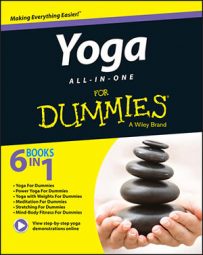SUP is short for stand up paddleboarding. Not surprisingly, this form of yoga began in Hawaii as an offshoot of surfing. Initially used as a way to get farther out into the ocean to catch the waves, it’s now practiced on bodies of water of all sorts, including lakes, rivers, and canals, and in the ocean, parallel to the shore on the other side of the breakers. SUP Yoga, then, is the global phenomenon of yoga practice on a board atop the water.
Before you can even think about practicing yoga on a paddleboard, you have to have the necessary swimming skills and confidence in the water so you don’t panic if you fall in at a distance from the shore. Have a life jacket or equivalent safety device within reach, if not already on you. You can also get waistbands with safety features that can be activated should the need arise.
Understanding the physical requirements of SUP Yoga
Not unlike many beautiful and graceful things in life, stand up paddleboarding is more challenging than it looks. Those with skill make it look simple, but it actually requires a fair amount of core, thigh, and upper body strength. Strong thighs help you move from kneeling to standing quickly without losing your balance. Your core helps you balance after you’re standing, and your upper body strength helps you hoist yourself back up onto the board after you fall off.
Even if you don’t fall off, safety concerns require that all boarders know how to get back on safely. But expect to fall. Enjoy the fall. It’s freeing and fun!
As with yoga postures on the mat, your forward steady gaze helps you maintain balance as you bring yourself to standing and navigate the waters.
Starting out with SUP Yoga
Begin in still water, such as in a swimming pool, until you can negotiate the board. Starting with stillness helps you notice where you’re already strong and where you want to develop further before taking your SUP Yoga practice onto moving water. When you add the elements of underwater currents and wind, it’s a whole other game.
You can also get accustomed to the board by doing your yoga practice on the board while it’s on the sand. It’s a different sensation from practicing on the mat.

